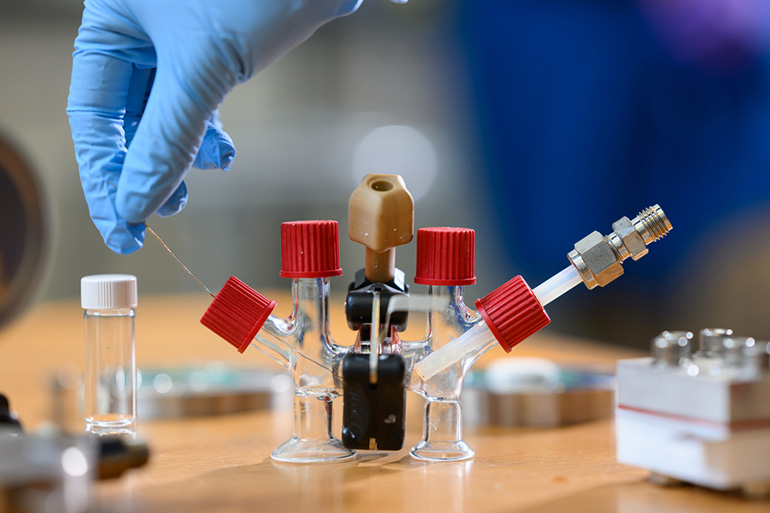Revolutionizing Aviation: MIT's Sodium-Air Fuel Cell Innovation
Key Ideas
- MIT researchers developed a novel sodium-air fuel cell for aviation, offering a high energy density of 1,500 Wh/kg, surpassing lithium-ion batteries.
- The fuel cell operates on humidified air, consuming liquid sodium metal that can be refilled, addressing weight, cost, and safety concerns in aviation.
- The system's exhaust primarily produces sodium oxide, which reacts with CO2 and water vapor to form sodium bicarbonate, potentially aiding in carbon capture and ocean pH balance.
- While still in the prototype stage, scaling up for aviation presents engineering challenges, including cathode flooding and managing the reactive nature of sodium metal.
For decades, researchers have sought practical electric aviation solutions for short-haul routes, hindered by heavy and low-energy batteries. MIT's breakthrough sodium-air fuel cell, revealed in the journal Joule, shows promise with a high energy density of 1,500 Wh/kg, surpassing current lithium-ion batteries. Operating on humidified air, the fuel cell consumes liquid sodium metal, offering a safer and more cost-effective alternative. The exhaust's sodium oxide can react with atmospheric CO2, potentially aiding in carbon capture. While still in the prototype stage, challenges like cathode flooding and handling reactive sodium metal remain. MIT's vision, along with its spin-off Propel Aero, aims to revolutionize aviation if successfully scaled up for real-world application.
